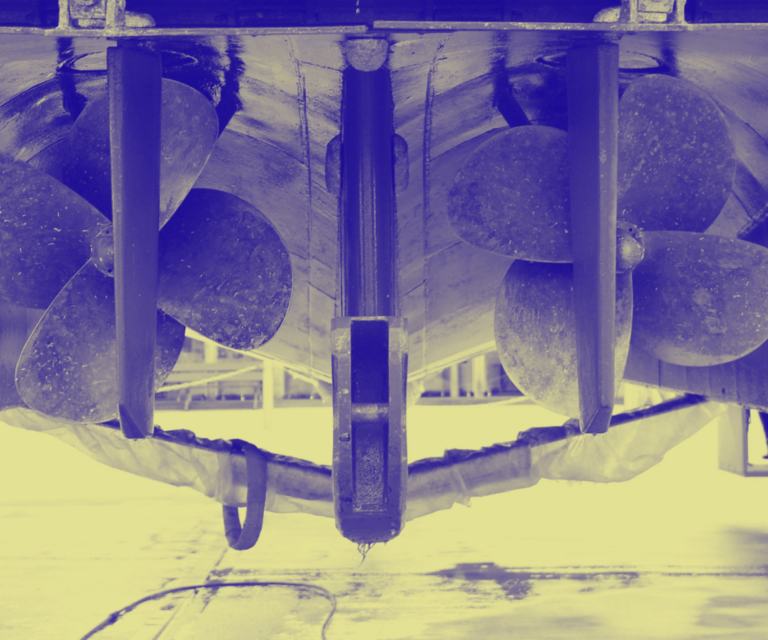Why is it important?
There are benefits to antifouling, otherwise boaters wouldn’t do it. Not only can it improve fuel efficiency, but it also prevents non-invasive species attaching themselves to the boat and coming along for the ride. However, antifouling has its downsides. When concentrated amounts end up in the water it can be highly toxic to aquatic life.
What are we doing about it?
When it comes to antifouling most of the damage is caused by incorrect application or careless removal. We’re working to educate our customers on best practices to keep antifoul chemicals out of the water. Our boatcare crew are trained in antifoul application and removal, as well as Coppercoat, a more environmentally friendly alternative.
We know that there’s always room for improvement. That’s why we’re in the process of developing antifoul interceptors for our marinas to further support our efforts.
What should you be doing?
If you’re removing and applying antifoul yourself never cut corners. Incorrectly applied antifoul not only gives you more work in the long run, it’s going to cause more damage to the environment. Make sure any antifoul removal takes place away from the waters edge, and be careful to catch and dispose of remnants responsibly.
If you’re an antifouling novice we always recommend leaving it to the professionals or asking for advice! You don’t want to risk making a mistake that kills marine wildlife. Our boatcare crew are trained in correct application and removal, minimising negative impacts. Better still, if you want to up your sustainability game give Coppercoat a go, it’s more environmentally friendly and it remains effective for around 10 years.












